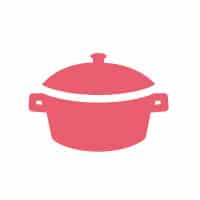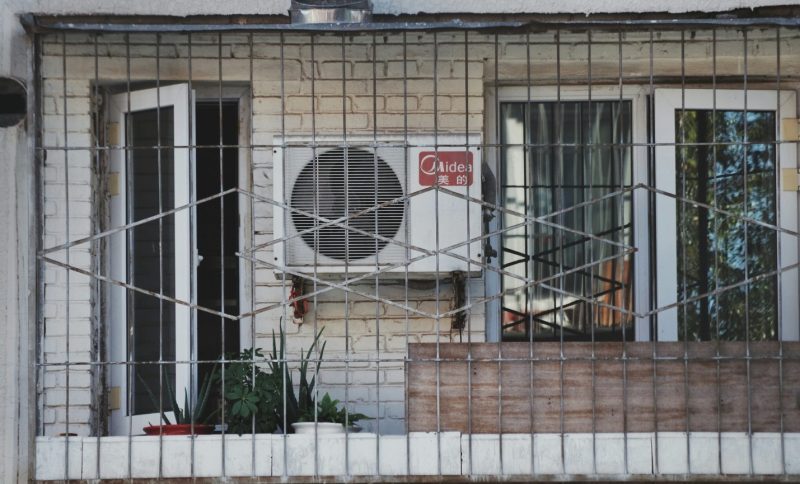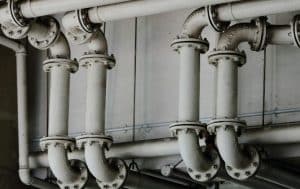A well-maintained HVAC system is the backbone of a comfortable and efficient home. It keeps rooms cool in summer, warm in winter, and ensures healthy indoor air. Yet, many homeowners overlook routine care until a problem appears. Ignoring maintenance leads to higher energy bills, uncomfortable temperatures, and costly repairs.
Regular attention keeps the equipment performing at its best. Cleaning filters, checking airflow, and arranging seasonal inspections help prevent breakdowns and maintain steady comfort.
Each small task contributes to a longer system life and consistent air quality. Understanding how the system functions makes it easier to spot early warning signs and schedule service before problems grow. With the right approach, HVAC care becomes part of a simple home routine rather than a stressful emergency fix.
Understand the Basics of Your HVAC System
Every homeowner should have a general idea of how their HVAC system functions. The system draws air through filters, conditions it through heating or cooling units, and circulates it through ducts.
Knowing these parts helps when troubleshooting or planning maintenance. A homeowner who understands the system can spot unusual performance early, saving time and money.
For reliable cooling and long-term performance, remember these steps when replacing your AC. Taking the time to learn how the system operates helps you make informed decisions and communicate clearly with technicians during service visits.
Know When to Schedule Maintenance
Routine maintenance prevents sudden breakdowns and keeps energy use under control. Every system should receive a professional check-up at least once a year, preferably before the extreme seasons. A spring inspection helps prepare for summer cooling, while a fall visit ensures the heating side is ready for colder months.
Certain warning signs call for immediate attention, like uneven room temperatures, strange noises, weak airflow, or unexpected spikes in utility bills. These signals suggest something isn’t running efficiently. Acting quickly reduces the chance of a costly repair later. Regular service appointments allow professionals to tighten connections, clean internal parts, and test performance.
Replace Air Filters on Time
Air filters protect both the system and your home’s air quality. They trap dust, pollen, and other particles before air circulates throughout the house. A dirty filter restricts airflow and forces the system to work harder, which increases wear and raises energy costs.
Checking filters once a month and replacing them every one to three months keeps the system efficient. Homes with pets or high dust levels may need more frequent changes. The process is simple and safe for most homeowners to do on their own. Neglecting this step can lead to overheating, frozen coils, or reduced comfort. Clean filters are the easiest way to help your HVAC system perform at its best.
Keep the Outdoor Unit Clear
The outdoor unit, often called the condenser, plays a major role in cooling efficiency. When leaves, dirt, or debris surround it, airflow becomes restricted and performance drops. Clearing the area around the unit allows it to release heat properly.
A good rule is to keep at least two feet of open space on all sides. Remove weeds, branches, or any objects that block the vents. During fall or after storms, inspect the area for buildup. Before cleaning, always turn off the power to stay safe. A gentle rinse with a garden hose usually removes dust and light debris.
Check Thermostat Settings and Controls
The thermostat acts as the command center of your HVAC system. Incorrect settings can waste energy and cause uneven comfort. It’s smart to review temperature settings at the start of each season and ensure the device works correctly.
Programmable and smart thermostats offer excellent control and convenience. They adjust temperatures automatically based on your schedule, which helps reduce energy use. A small calibration test, such as comparing the reading with a separate thermometer, confirms accuracy.
Inspect Ductwork for Leaks and Blockages

Air ducts carry conditioned air throughout your home, and their condition affects how well your system performs. When ducts have leaks, holes, or blockages, air escapes before it reaches the rooms. That leads to uneven temperatures, longer running times, and higher energy bills.
A quick visual check can reveal problems. Look for loose connections, visible gaps, or sections covered in dust near joints. Unusual whistling sounds or weak airflow from vents may also signal a leak.
Minor issues can often be sealed with duct tape made for HVAC use, though larger problems need professional attention. A technician can test the system for air loss and seal ducts more thoroughly. Clean, secure ducts ensure that air flows evenly and the system operates at peak efficiency.
Spot Warning Signs Early
Every HVAC system gives clues before breaking down. Recognizing those signs early prevents costly repairs later. Homeowners should pay attention to noises such as grinding, rattling, or buzzing. These sounds can mean parts are loose or motors are struggling.
Unpleasant odors coming from vents often point to mold or electrical issues. A sudden rise in energy bills without a change in usage usually signals that the system is working harder than it should. Uneven room temperatures or frequent on-and-off cycling are also red flags. Prompt action makes all the difference. A quick call to a certified technician can uncover minor faults before they grow into major failures.
Adopt Habits That Save Energy
Energy-efficient habits help the HVAC system run better and last longer. Small actions can make a noticeable difference. Setting the thermostat to moderate temperatures instead of extreme ones reduces strain on the equipment. During warmer months, a setting around 76°F usually keeps the home comfortable without overworking the system.
Ceiling fans support temperature control and allow you to raise the thermostat slightly while maintaining comfort. Keeping doors and windows closed when the system is running prevents cooled or heated air from escaping.
HVAC maintenance may seem technical, yet most of it comes down to simple consistency. Clean filters, clear outdoor units, proper thermostat use, and routine inspections make a huge impact. Paying attention to early warning signs and keeping ducts in good condition ensures that your system works efficiently all year.
Home comfort depends on a healthy HVAC system. Regular care saves money, prevents inconvenience, and protects your investment. When homeowners stay proactive, they avoid surprises and enjoy a steady, comfortable environment no matter the season.













